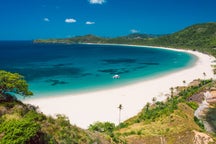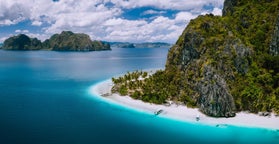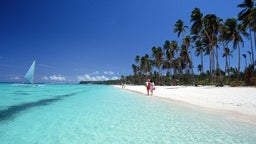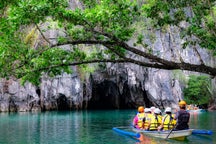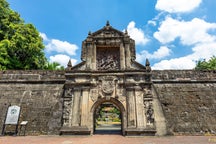
Visitors of Cantilan town can explore the stunning Cantilan River, a serene waterway surrounded by lush landscapes perfect for kayaking or simply unwinding by the water. The town also offers proximity to the pristine beaches of Lianga Bay, where crystal-clear waters and white sand beaches provide a peaceful escape.
Cantilan town is also home to a vibrant local culture, with traditional festivals that celebrate the town’s heritage. The annual “Tultugan Festival,” dedicated to the town’s patron saint, draws both locals and visitors alike.
Whether you’re exploring the tranquil rivers and beaches or immersing yourself in the rich history and culture, Cantilan town offers an unforgettable adventure.


